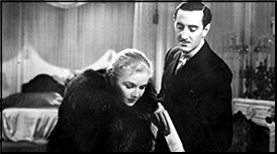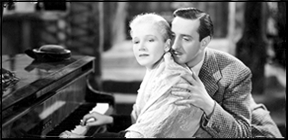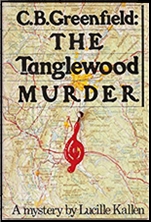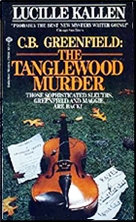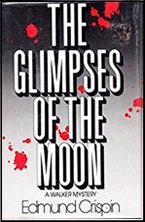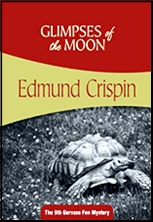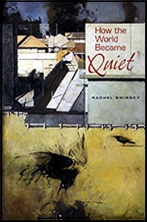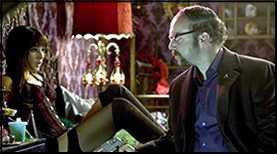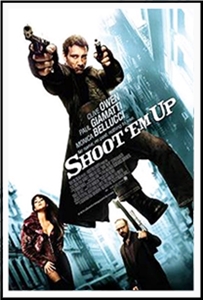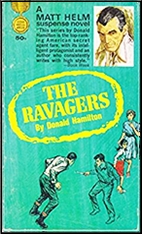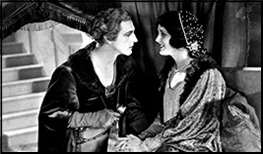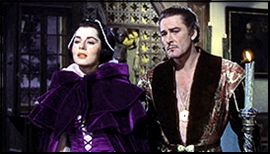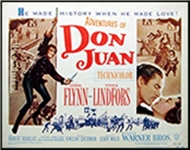Sat 1 Aug 2020
An Unsold TV Pilot Review: REWRITE FOR MURDER (1991).
Posted by Steve under Reviews , TV Comedy , TV mysteries[7] Comments
REWRITE FOR MURDER. Lorimar Productions. CBS, 60m, 14 September 1991. Pam Dawber, George Clooney, Dennis Lipscomb, John Vernon. Ken Swofford. Screenplay: Michael Gleason. Director: Eric Laneuville.
Without George Clooney’s starring role in this failed pilot, apparently shown once on CBS, it’s doubtful it would ever see the light of day again. It was picked up for Trio’s series of similar short-lived shows, “Brilliant But Cancelled,†in 2003, at which time someone recorded it and thus preserved it for YouTube posterity.
Whether posterity will thank that someone is up for conjecture, but even though it’s “not very good,†I enjoyed it well enough to take the time to tell you about it here. I think it has to do with the meta aspect: George Clooney plays an ex-con who while in prison found an agent willing to help him get several hard-boiled PI mysteries published. Once out, the producer of a failing TV show called “Miss Markham Mysteries†thinks a change of direction might be a good idea. The series, though, written by Paw Dawber’s character is a stiff formal detective drama, one in which the characters are gathered together drinking tea and talking about footprints in the rose garden.
Clooney’s ideas for the show are somewhat along the lines of, say, Stacey Keach’s “Mike Hammer†series. You might say that Pam Dawber’s character is not amused, but to say that she is appalled would be closer to the truth. After a period of non-adjustment, the two leads find that they have a real life murder to solve – that of Clooney’s publisher.
There is some fooferaw about manuscripts and who wrote what, plus a slew of false suspects, after which the case is solved, and then on to next week’s case. Except in this case, there was none. The comedy is lame, and the case even lamer. I personally might have watched a followup series – sometimes I am easily amused – but I think the executive suits at CBS at the time were correct. An audience of five or six, including me, just wouldn’t cut it.


